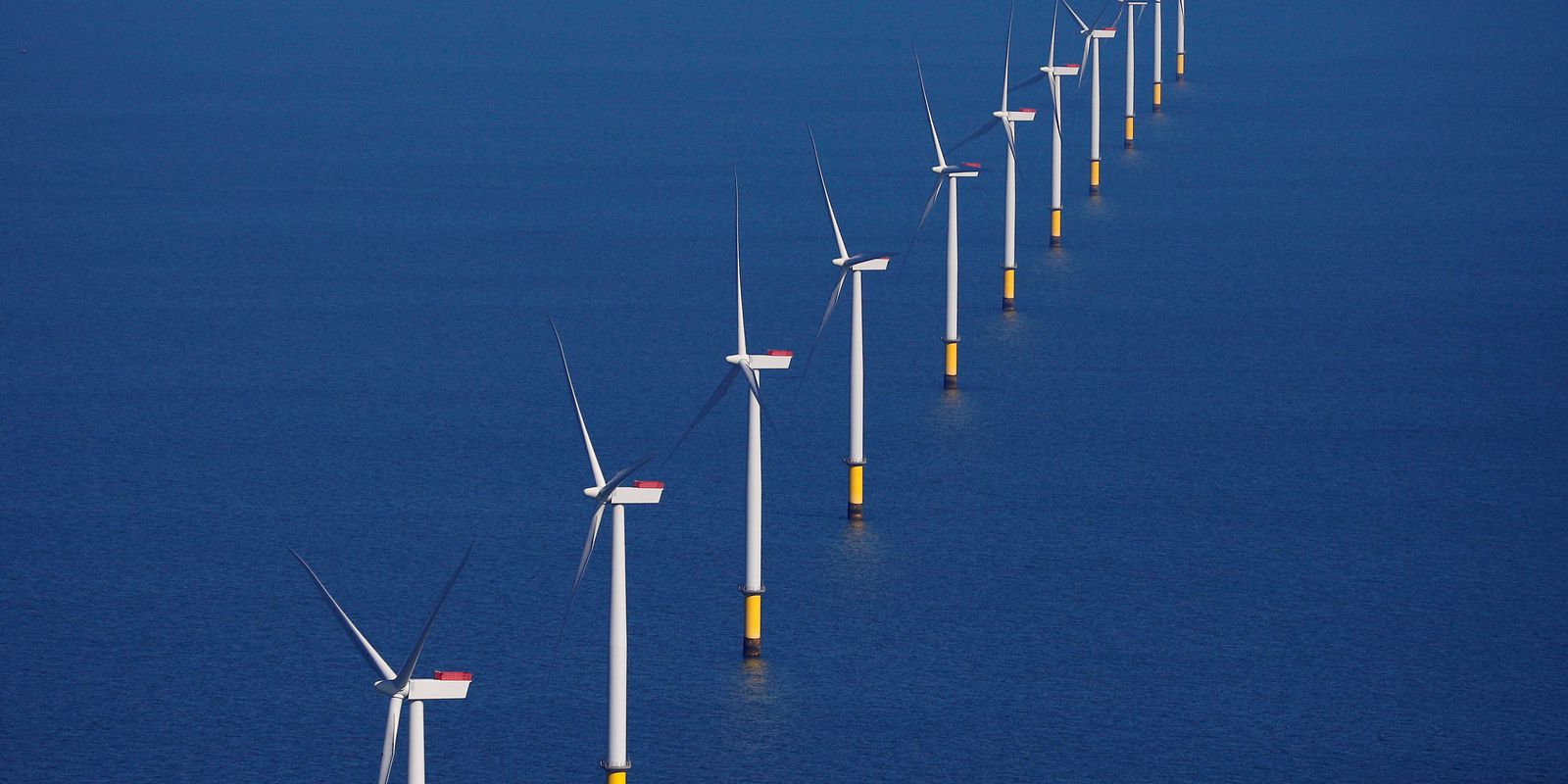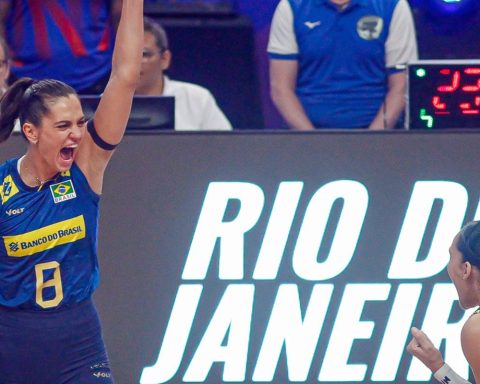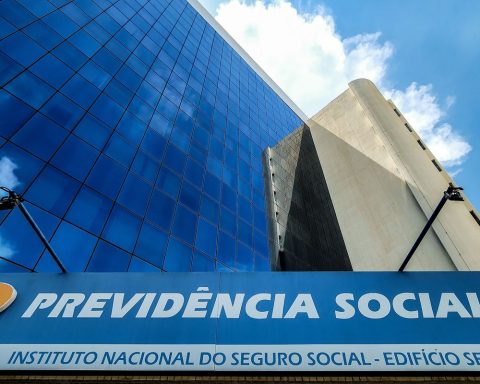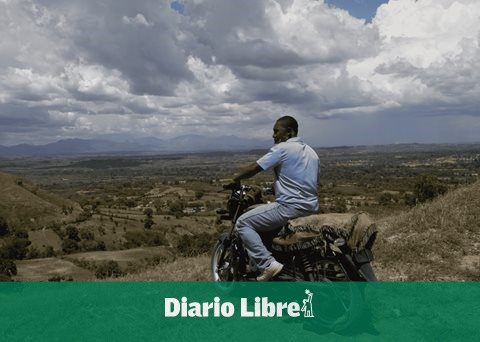Petrobras will study the viability of seven wind power generation projects offshore on the Brazilian coast. Potential wind farms cover the states of Rio de Janeiro, Espírito Santo, Piauí, Ceará, Rio Grande do Norte and Rio Grande do Sul. The forecast is that they will generate up to 14.5 GW (gigawatts) of energy. The analysis will be carried out in cooperation with the private company Equinor, which has been operating in the country since 2001, and will take into account the technical, economic and environmental possibilities.
“The agreement will pave the way for a new frontier of clean and renewable energy in Brazil, taking advantage of the significant wind potential offshore of our country and boosting our trajectory towards the energy transition”, stated the president of Petrobras, Jean Paul Prates.
Petrobras and Equinor had already signed a partnership in 2018 for the implementation of two wind farms on the border between the states of Rio de Janeiro and Espírito Santo: Aracatu I and II. The new agreement includes the analysis of the parks in Mangara, in Piauí; Ibitucatu, in Ceará; Colibri, in Rio Grande do Norte/Ceará; and Atobá and Ibituassu, in Rio Grande do Sul. The term is up to 2028.
“We are happy to expand our collaboration to renewables, enabling a broad supply of energy in Brazil. Together, we are actively engaged to contribute to the realization of wind energy offshore and Brazil’s energy transition, creating the necessary initial conditions for renewable energy to develop in a sustainable way,” said Equinor’s CEO, Anders Opedal.
energy transition
Petrobras intends to neutralize greenhouse gas emissions in activities under the company’s control by 2050. Wind energy offshore it is among the priorities of the strategic plan for the period from 2023 to 2027, and meets the objective of diversifying the country’s energy matrix. The technology uses the power of winds at sea to produce renewable energy.
According to the company, the main advantages are the high speed and stability of the winds on the high seas, which are not interfered by natural geographic barriers or urban constructions.
Another ongoing Petrobras technological development project is testing the Remote Wind Assessment Buoy offshore (called Bravo), made in partnership with the National Industrial Learning Service (Senai) in Rio Grande do Norte and Santa Catarina.

















